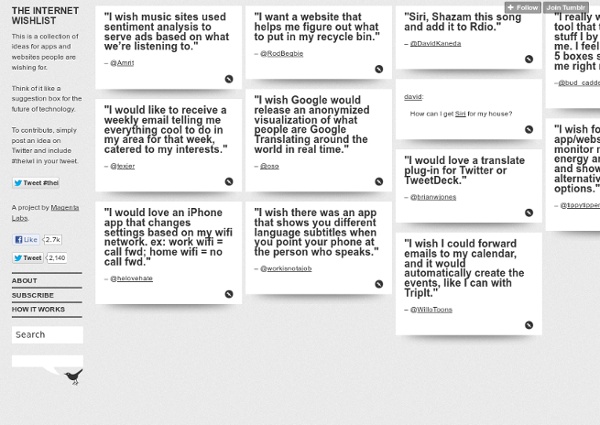



OER Commons Slashdot Stories (10) Insta-great! Insta-great By @elliottkember & @dizzyup Popular Photos Uma das coisas mais lindas que ja vi na vida! _gilancellotti Giovanna Lancellotti likestyle LIKE♛STYLENANDA 17899 12/04/2014 Normal Tweet Pastel Zebra Print Tutorial by @stylish_mom طريقة سهله nailsartvids NailsArtvids 44312 12/04/2014 Normal Tweet anaclaraac anaclaraac 8252 12/04/2014 Normal Tweet Miami must-have: my @_dirtyego_ shorts from @envyatl!! dreamincolor keri hilson 20291 12/04/2014 Normal Tweet Summer day Udonthani✨ dianaflipo Diana Flipo* 38275 12/04/2014 Normal Tweet My Betsey Babe is rockin' out at #Coachella in a vintage frock of mine! xobetseyjohnson Betsey Johnson 10758 12/04/2014 Normal Tweet Took @billyblaanks lily pad gazing. heyclaire CLAIRE MARSHALL 14092 12/04/2014 Normal Tweet Is there anything he can't do?! candacecbure Candace Cameron Bure 8793 12/04/2014 Normal Tweet Flawless face ❤ used my favorite neutral palette by le maquillage professional (... vanitymakeup **Vanity Makeup** 6555 12/04/2014 Normal Tweet
4food est le fast food du futur Nous vous en avions parlé en exclusivité, 4food est le fast food du futur, ce nouveau concept de restauration rapide alliant qualité de produits et innovation technologique a ouvert le 7 septembre dernier à New York et nous avons eu le grand privilège de nous rendre à l’un des « press event » une semaine avant son ouverture pour rencontrer l’un des fondateurs et surtout découvrir le lieu et les produits. 4food est avant tout un concept, un restaurant social media qui vous sert de la « de-junk™ », de la contre junk-food avec des produits frais, délicieux et nutritifs le tout servi rapidement car nous sommes dans un fast food. Dès notre entrée dans ce lieu, le concept que nous avions vu par écrit se retrouve face à nous, c’est grand, beau et neuf ! Si vous désirez déjeuner et vous asseoir c’est en bas que ça se passe avec la partie la plus grande du restaurant. C’est vraiment quelque chose d’excellent, de novateur, on partage, on échange et on communique. 4food est le nouveau McDonald’s ?
Picture your dreams! A visionboard is a collage of pictures, where each picture symbolizes a goal you have in life and want to reach. The idea behind visionboards is that having clear pictures of our dreams helps us attain them. Think of what you want out of life... After hearing about the book 'The Secret', I had been looking for tools to create visionboards online. This version of the website is a 'concept' site. Now go have fun making your own visionboard!
Orbital Content We are on the cusp of a complete overhaul of the way in which we interact with online content, and I think you should be a hell of a lot more excited than you currently are. Bookmarklet apps like Instapaper, Svpply, and Readability are pointing us toward a future in which content is no longer entrenched in websites, but floats in orbit around users. This transformation of our relationship with content will force us to rethink existing reputation, distribution, and monetization models—and all for the better. Content today#section1 Most online content today is stuck. It has roots firmly planted in one of the many sites and applications around the web. In this system, the sites are the gravitational center and we, the users, orbit them, reaching out for a connection whenever we want to interact with the content. Websites have responded quickly to these new demands. Publishers have had the ability to make their content flexible for over a decade. Content shifting#section2
個人意見 Blog Archive » Blippar™ turns every bar of Cadbury chocolate into 3D tracking game Europe's capital of cool hosted the 2014 FIPP Digital Innovators’ Summit, and Team Blippar showed the media world's biggest names exactly how our technology makes print sparkle. Continue reading 101 Career Tips, Each in 140 Characters or Less We know—you want great career advice, but sometimes, you just don’t have time to read lengthy articles or books. Well, today, you’re in luck: We’ve distilled some of the best-ever advice on The Daily Muse into bite-sized chunks that you can scan in a matter of seconds. Or, better yet—that you can share with your entourage! Each tip is 140 characters or fewer, so you can easily copy and paste your favorites to share with your followers all over the web. General Career Advice 1. 2. 3. 4. 5. 6. 7. 8. 9. 10. Work Relationships 11. 12. 13. 14. 15. 16. 17. 18. 19. 20. Finding a Job 21. 22. 23. 24. 25. 26. 27. 28. 29. 30. Resumes 31. 32. 33. 34. 35. 36. 37. 38. 39. 95% of large companies use resume tracking systems—and knowing how to beat them makes a difference. 40. Cover Letters 41. 42. 43. 44. 45. 46. 47. 48. 49. 50. Interviewing 51. 52. 53. 54. 55. 56. 57. 58. 59. 60. Management 61. 62. 63. 47% of new employees want big projects right away. 64. 65. 66. 67. 68. 69. 70. 71. 72.